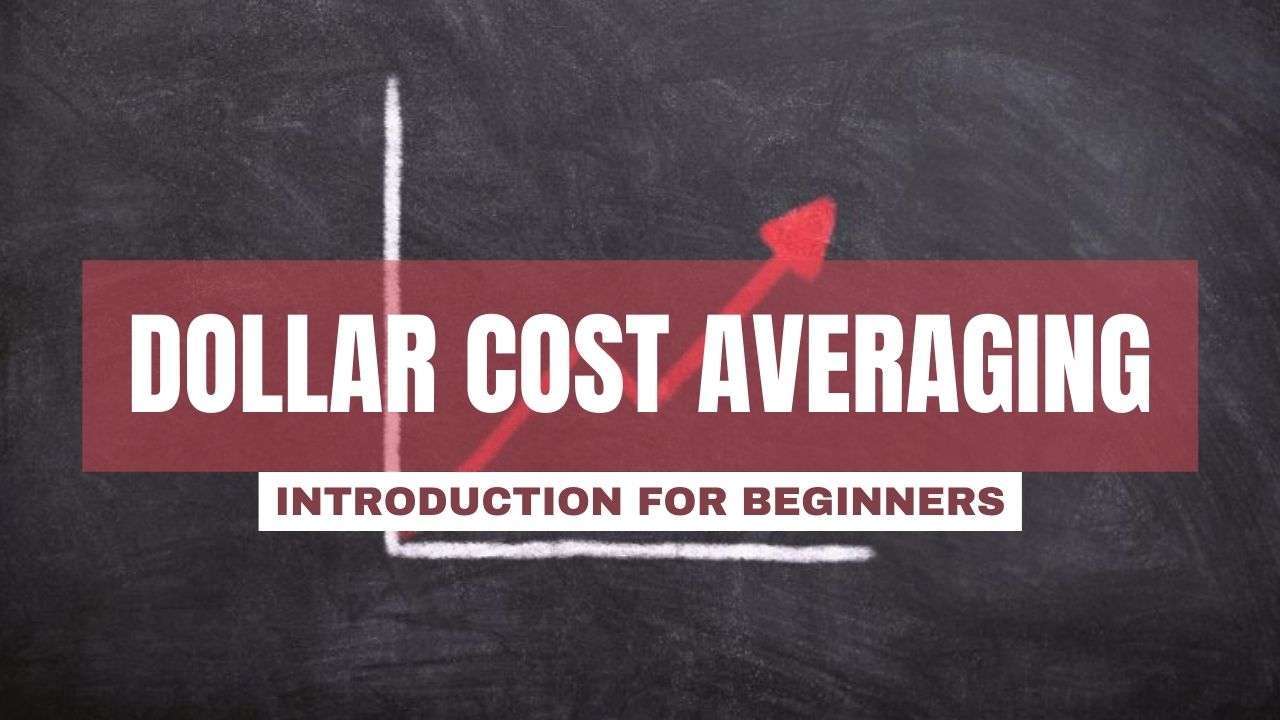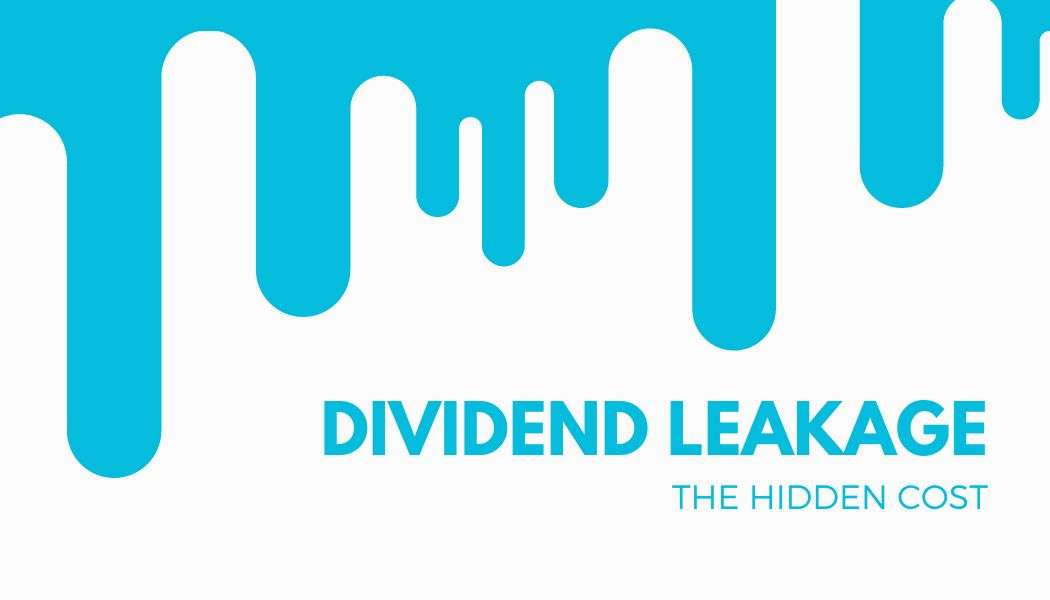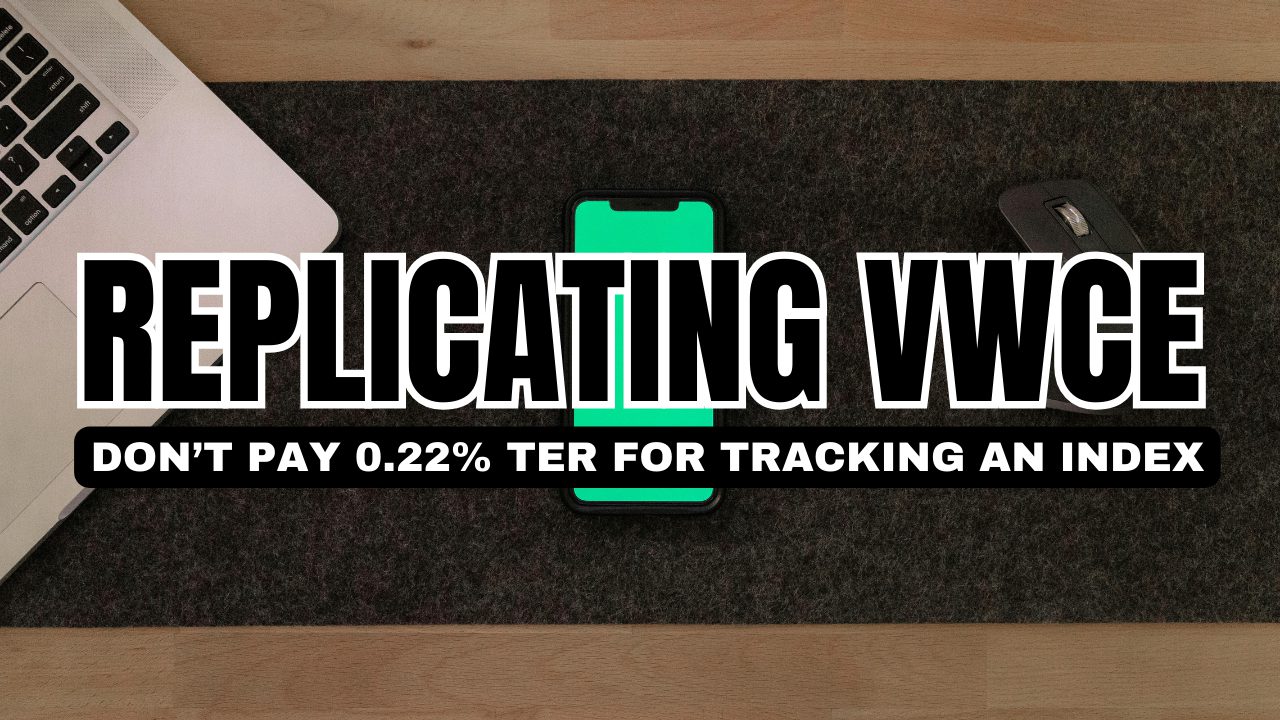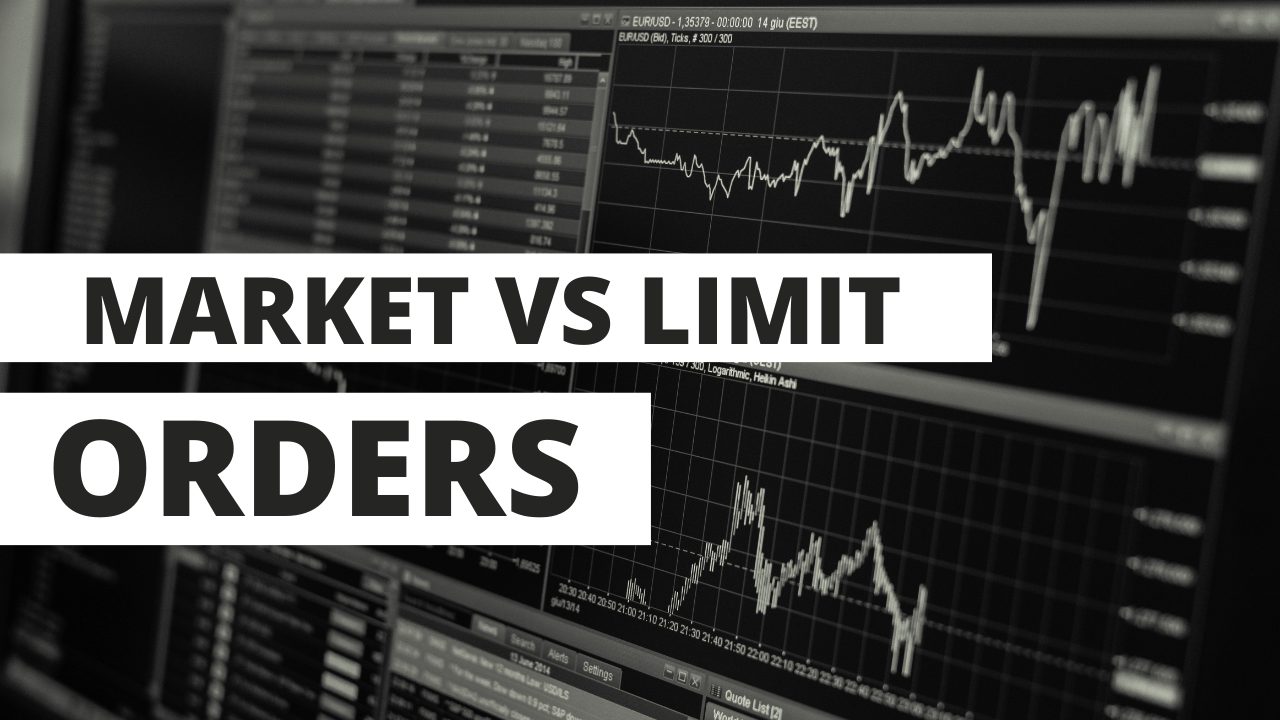
Cost averaging (DCA or dollar cost averaging) is an investment strategy for investing capital over time.
It can be especially valuable to beginners that determined their asset allocation but still looking for an entry point for the actual purchase.
This post will describe one of the best and time-tested strategies of deploying cash.
What is Dollar Cost Averaging (DCA)?
DCA (dollar cost averaging) is a strategy where an investor buys the same “dollar amount” of some asset on regular intervals.
Dollar amount means that the we don’t think in terms of how many shares, but in terms of how many dollars (or any other currency).
Regular intervals refers to the frequency of investing, which can be weekly, monthly, quarterly, etc.
A practical example can portray the strategy better than theory:
Cost Averaging Example
Let’s say a person has a one ETF investment portfolio to which he contributes regularly.
He earns $7,000 net per month and can afford to invest $5,000 of it.
On 25th of October, he receives his salary and immediately transfers $5,000 to his brokerage account. The price per share of the ETF is $50. It doesn’t matter – he buys as much as he can with his $5,000.
On 25th of November, he receives his salary and transfers $5,000 to his account again. Meanwhile, the ETF performed great and its price is now $56. It doesn’t matter – he buys as much as he can with his $5,000.
So, it’s not 100 shares in October and 89 shares in November.
It’s $5,000 each month.
Cost averaging means buying assets at a predefined frequency regardless of price.
Who is DCA Best Suited For?
As shown in the example above, Dollar Cost Averaging works really well for people in the workforce who can consistently save a portion of their income. But when I talk to “regular people” about investing in the stock market, I often get comments starting with “when I’ll have more savings…”.
Instead of giving you my opinion, I did a short simulation using the S&P 500 Periodic Investment Calculator:
Let’s say a person invested $500 in an S&P 500 fund every month between 1994 and 2024 (30 year period). This means that the total amount invested is $180k. But the total portfolio value after the performance throughout the years would be: $1,001,710.
You’ve read it right – becoming a millionaire is easy even on average income, given a long enough timeframe.
Imagine what happens if you can invest a multiple of that.
The point?
You don’t need to wait to build wealth to start investing in the stock market.
It’s actually quite the opposite – investing will help you build wealth.
Addressing the Fear of Starting
The most common fear of new investors is that the stock market will collapse right after they start to invest.
DCA solves that.
Actually, a market crash right after you start would be one of the best possible scenarios.
Think about it.
By starting with cost averaging right before a market correction, only the first month’s investment will be affected. And all the subsequent contributions would catch the eventual recovery.
Benefits of a DCA Strategy
The single biggest benefit of implementing a cost averaging strategy is that it completely removes the human factor from each buy decision.
It stops an investor of thinking that “the market is hot” or that he’ll “buy more when it’s cheaper”. It eliminates both the feeling of greed and the feeling of fear. If left to the risk-averse human, he’ll probably be stuck with a pile of cash for a long time.
This can make a major difference over the decades.
The DCA strategy is planned upfront. The only “nurturing” it needs is adjusting the amount to match your current earning/saving rate.
It also prevents beginners of putting themselves in risky financial situations. Situations where they save for years in order to make a major investment decision in an undefined moment in the future.
Remember, overperforming the market is not something that’s “solved”. Nobody does it continuously.
So the best bet for most people is too ignore the price, invest frequently, and let time take care of the rest.
For a comprehensive, beginner-friendly, and free resource on stock market investing, visit:
How to Start Investing: A Complete Beginner Series.
 Husband & Father
Husband & Father  Software Engineer
Software Engineer 















